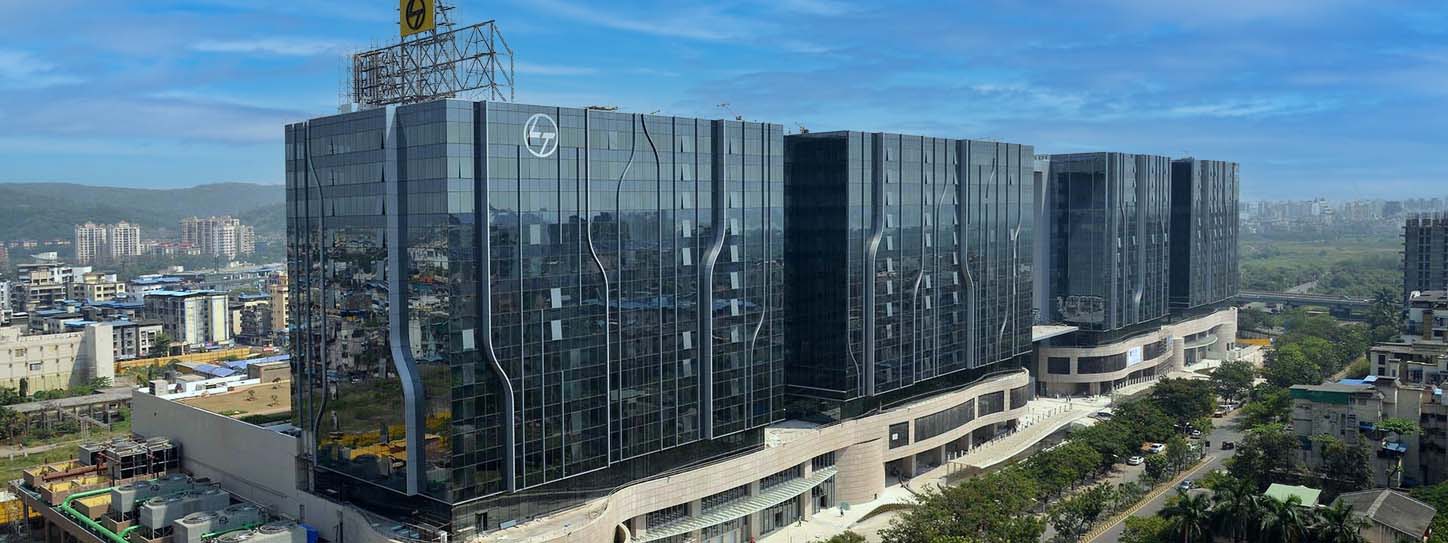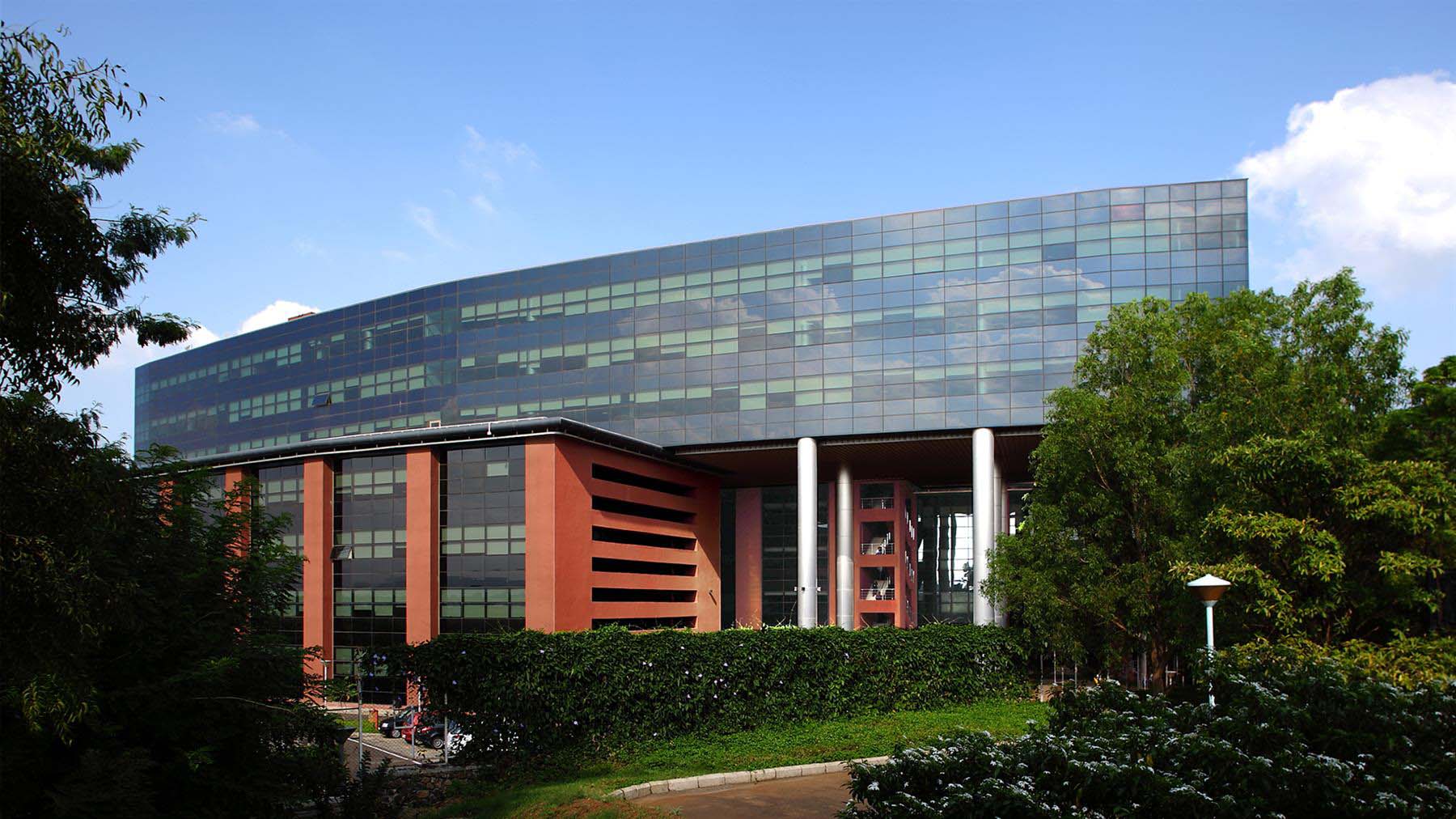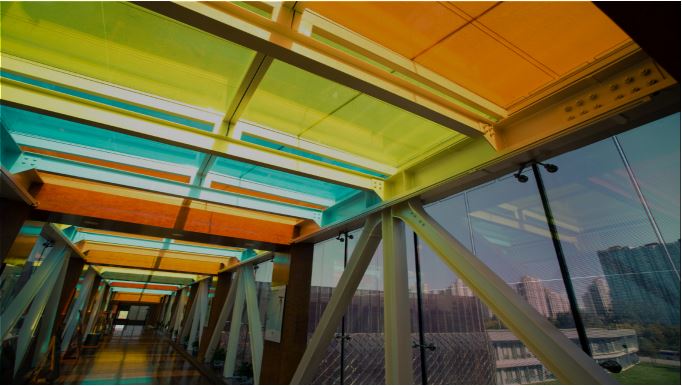What is ICD Glass? Everything You Need to Know
In the world of architectural and functional glass, innovations are constantly reshaping how we think about the material. One such advancement is ICD Glass, which offers unique properties for a variety of specialized applications. From enhancing building aesthetics to improving performance, ICD Glass is gaining attention for its ability to adapt to a wide range of needs.
But what exactly is ICD Glass, and why is it becoming so popular? In this blog, we’ll take a deep dive into what makes ICD Glass unique, its applications, and the benefits it brings to modern architectural projects.
1. What is ICD Glass? A Quick Overview
ICD Glass stands for Internally Coated Glass, a type of glass that has a special coating applied to its inner surface. This coating is engineered to offer a variety of properties such as solar control, UV protection, energy efficiency, and enhanced aesthetic qualities.
The coating is applied during the manufacturing process to one of the inner layers of the glass, making it more durable and resistant to external wear and tear. ICD Glass is widely used in curtain walls, facades, windows, and doors, and is gaining popularity in sectors like residential, commercial, and industrial construction due to its multifaceted properties.
2. Energy Efficiency and Solar Control
One of the primary benefits of ICD Glass is its ability to offer exceptional solar control. The internal coating helps manage the amount of solar heat entering a building by reflecting or absorbing sunlight, which in turn reduces the need for air conditioning during hot weather.
ICD Glass can be designed with low-E coatings, which minimize the transfer of heat through glass. This makes it an ideal choice for energy-efficient buildings that are designed to meet stringent green building certifications like LEED or BREEAM.
By reducing heat gain, ICD Glass helps maintain a more comfortable indoor environment while cutting down on energy consumption, making it a sustainable choice for modern architects.
3. UV Protection
Another key feature of ICD Glass is its ability to offer UV protection. The special coating applied during the manufacturing process can block a significant portion of harmful UV rays from entering a building, thus protecting the interiors from UV damage.
This is particularly beneficial in buildings where valuable materials like wood, carpets, and upholstery could fade over time due to prolonged exposure to sunlight. It’s also a major selling point for commercial buildings, retail spaces, and museums, where preserving the condition of products and exhibits is crucial.
4. Durability and Longevity
Thanks to the internal coating, ICD Glass is extremely durable and built to last. The coating is protected from external elements such as rain, dust, and physical wear, which helps maintain its appearance and performance over time.
Unlike externally coated glass, where coatings can wear off or get damaged over time, ICD Glass benefits from an internal application process that ensures long-lasting durability. This is particularly important in regions that experience harsh weather conditions, as ICD Glass is resistant to scratching, fading, and corrosion.
5. Aesthetic Versatility
ICD Glass is not only about functionality—it also offers aesthetic flexibility. The internal coating can be designed in a variety of tints, colors, and finishes, allowing architects and designers to achieve the perfect look for their projects.
Whether you want a reflective finish that gives a building a futuristic, sleek look or a subtle tint that enhances natural light without overpowering the design, ICD Glass can be customized to meet the specific aesthetic requirements of any project.
From high-end residential homes to commercial skyscrapers, ICD Glass offers an opportunity to enhance the visual appeal of any building without compromising on performance.
6. Applications of ICD Glass
Given its unique combination of energy efficiency, durability, and aesthetic appeal, ICD Glass is widely used across a range of architectural applications:
- Curtain Walls: ICD Glass provides the perfect solution for modern curtain wall designs that demand both aesthetic beauty and energy efficiency.
- Facades: With its ability to reflect and manage solar heat, ICD Glass is commonly used in facades to enhance energy savings while adding a contemporary look to buildings.
- Windows and Skylights: Offering both UV protection and solar control, ICD Glass is ideal for windows and skylights in both residential and commercial buildings, helping to improve occupant comfort.
- Interior Partitions: Thanks to its customizability, ICD Glass can also be used for interior applications such as glass partitions, where both aesthetics and durability are important.
7. Environmental Impact
In today’s sustainability-driven architectural landscape, ICD Glass has emerged as a material that aligns with green building practices. By improving the energy efficiency of buildings, it helps reduce the overall carbon footprint and supports long-term sustainability goals.
Moreover, ICD Glass can often be manufactured using recyclable materials, further reducing its environmental impact. This makes it a valuable asset for architects and builders looking to incorporate environmentally friendly materials into their projects.
8. Industry Trends and Innovations
ICD Glass continues to evolve, with new innovations pushing the boundaries of what is possible. Manufacturers are now exploring smart glass technologies, where ICD Glass can automatically adjust its tint or transparency based on external conditions, offering dynamic solar control without the need for manual intervention.
This smart glass technology is expected to further revolutionize the use of ICD Glass in architecture, creating smarter, more adaptive buildings that respond to their environments in real time.
The Future of ICD Glass in Architecture
ICD Glass is more than just a coated glass—it’s a material that offers a blend of performance, aesthetics, and sustainability. Its ability to control solar heat, block harmful UV rays, and provide long-lasting durability makes it an excellent choice for modern architectural projects.
As the demand for energy-efficient and sustainable building solutions grows, ICD Glass is set to play a key role in shaping the future of glass architecture. Whether you’re designing a high-rise skyscraper or a sleek residential home, ICD Glass can provide the versatility and performance your project needs.
Interested in exploring how ICD Glass can elevate your next architectural project? Contact our team at FG Glass to learn more about the available options and how we can help you find the perfect solution tailored to your design needs.

You might also like
Feb 21, 2022 by TARIQ KACHWALA
Feb 21, 2022 by TARIQ KACHWALA
Feb 23, 2022 by TARIQ KACHWALA










